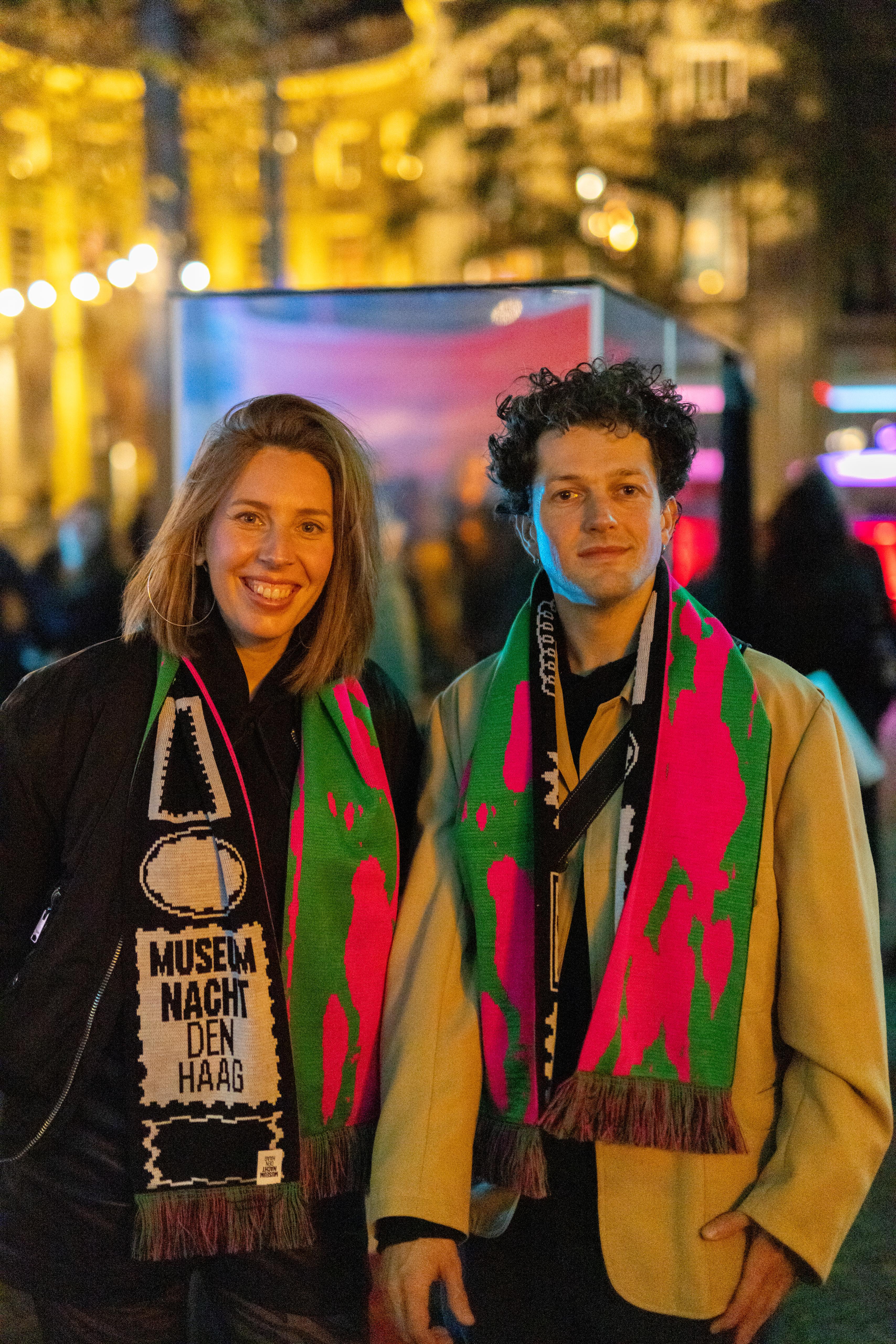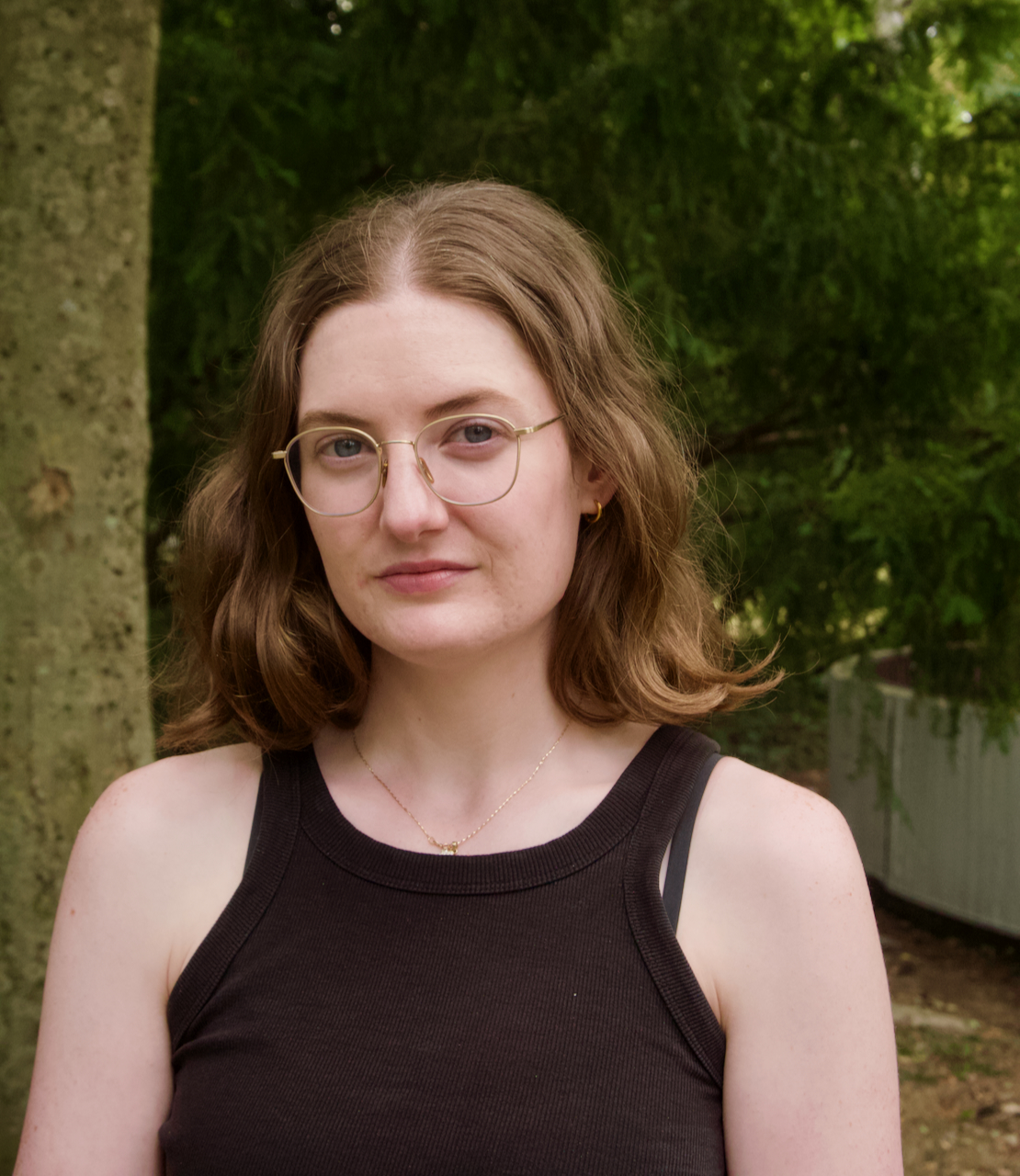This is a translation of a review by Manus Groenen for Metropolis M
Graduation Shows 2018:
Piet Zwart Institute/Master Fine Art
Tripping Autonomy
July 15, 2018, | Review — Manus Groenen
This is the third time that the Piet Zwart Institute’s Fine Art master programme has collaborated with Showroom Mama in presenting a graduation exhibition and performance programme. Unlike previous years, when there was enough room for all students in or nearby the Mama location in the Witte de Withstraat, the size of the group this year has made it necessary to find larger accommodations in the harbours of Rotterdam. The collection of graduation works, titled Tripping Autonomy, is thus presented in De Kroon, a former electro-technical factory on the river Maas.
The artists are well-trained in capturing their work in a discursive net.
In conversations with the artists, it soon becomes clear that they are well-trained in capturing their work in a discursive net. They have spent the past two years further developing their critical skills and theoretical foundation, resulting in a great deal of eloquence with regard to their own practice. This means that the artworks are often more complex, more layered, and more thoroughly seeped in a theoretical framework – though clear visual statements may in the worst case get stuck in a web of unnecessarily vague language. What is striking about this year’s graduating students is that the works themselves are often very language-oriented. Ten of the fifteen artists are presenting at least one work in which language constitutes an important element, whether in the form of written text, film, voiceover or performance.
In some cases, a powerful visual language risks being overruled by a narrative component, such as in the presentation by Alexander Iezzi. His installation Moral Butterfly Extractor is a collection of sculptures reminiscent of pieces of furniture. These are made of a material that looks like paper pulp pressed together by fists – of which the prints are still visible – covered with various objects, drawings and strangely dressed figurines of brown organic material. One is invited to sit upon the installation, browse through booklets of poetic texts, and watch a film about touch titled Amygdal Hellion Torte. Interesting as the works are, the degree of concentration required by the language-oriented components risks reducing this complex installation to mere reading and listening furniture. Though this was in all likelihood a deliberate choice, the balance between the two aspects fails to do justice to this richly detailed installation.
For some artists, however, the combination of image and language does clearly provide added value. In a seedy dressing room in the back of the building, Timur Akhmetov has created a sinister, hidden little world titled Grey Sky Made Me Orange. The room, dimly lit in red light, feels like a cheap brothel or a shooting gallery for drug addicts. A smell of anise rises from two old washtubs filled with murky water. Between trash and old furniture, there are a number of rubber sculptures and screens showing some rather disturbing films. The films consist of sequences of nasty images: a close-up of a man with a damp face mask staring at us while rubbing his lips, a crow pecking at roadkill, a hand caressing the leg of a chair just a bit too sensually... The collection of creepy works is framed by an ominous-sounding voiceover in which a decapitated head (!) declaims poetic statements such as ‘I wash your grease off with hot boiling water’. Here, the atmosphere and content of the texts are quite effective in merging all of the disconnected elements into one disturbing whole.
Victor Santamarina lets his sculptures speak for themselves. While working with plaster casts, he became fascinated by the sculptural quality of the casts themselves. The dripping, stacking and shaping of the masses of plaster became an end in itself until eventually, the original forms are only still to be found in the titles. In Santamarina’s objects, one recognises the influence of a blurring of work and private life, which is characteristic of the close community of the Piet Zwart Institute. His sculptures have thus become part of a social activity; he feeds each of them with its own cocktail, which is injected into the casts and is slowly dripping out of them. This provides a striking contrast between traditional and conceptual uses of materials, while also engaging as a whole in an effective visual dialogue with the space.
The time and attention of a sympathetic audience will certainly be rewarded with a rich experience.
The artists and the curator Marloes de Vries have made good use of the industrial qualities of the space. The main hall is particularly suitable for a clear and open presentation of the larger sculptures and installations, which can be easily distinguished from one another, though in some cases they may have benefited from somewhat more room between them. The works have been hung from industrial chains or mounted on scaffolding, in such a way that they naturally claim their own space within the location. Though the combination of works is effective on a spatial level, the time dimension is more problematic. The narrative aspect of many of the projects means that they require a great deal of the viewer’s time and attention. This is rather demanding for an exhibition on such a modest scale; the only alternative would be an undesirable selectivity. It may have been possible to address this problem more effectively through a different presentation format; however, the time and attention of a sympathetic audience will certainly be rewarded here with a rich experience.



